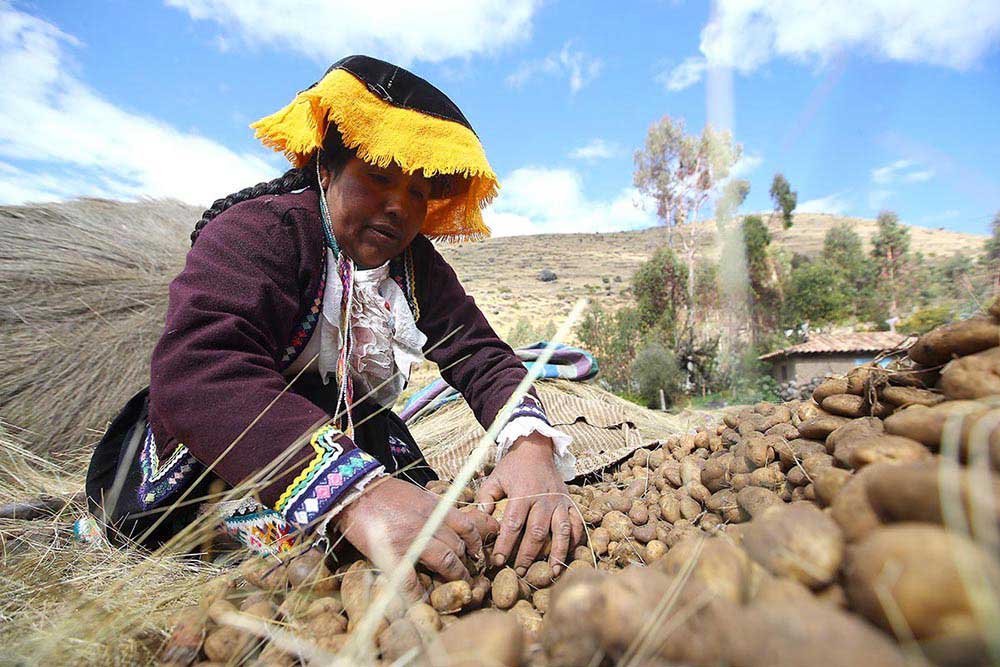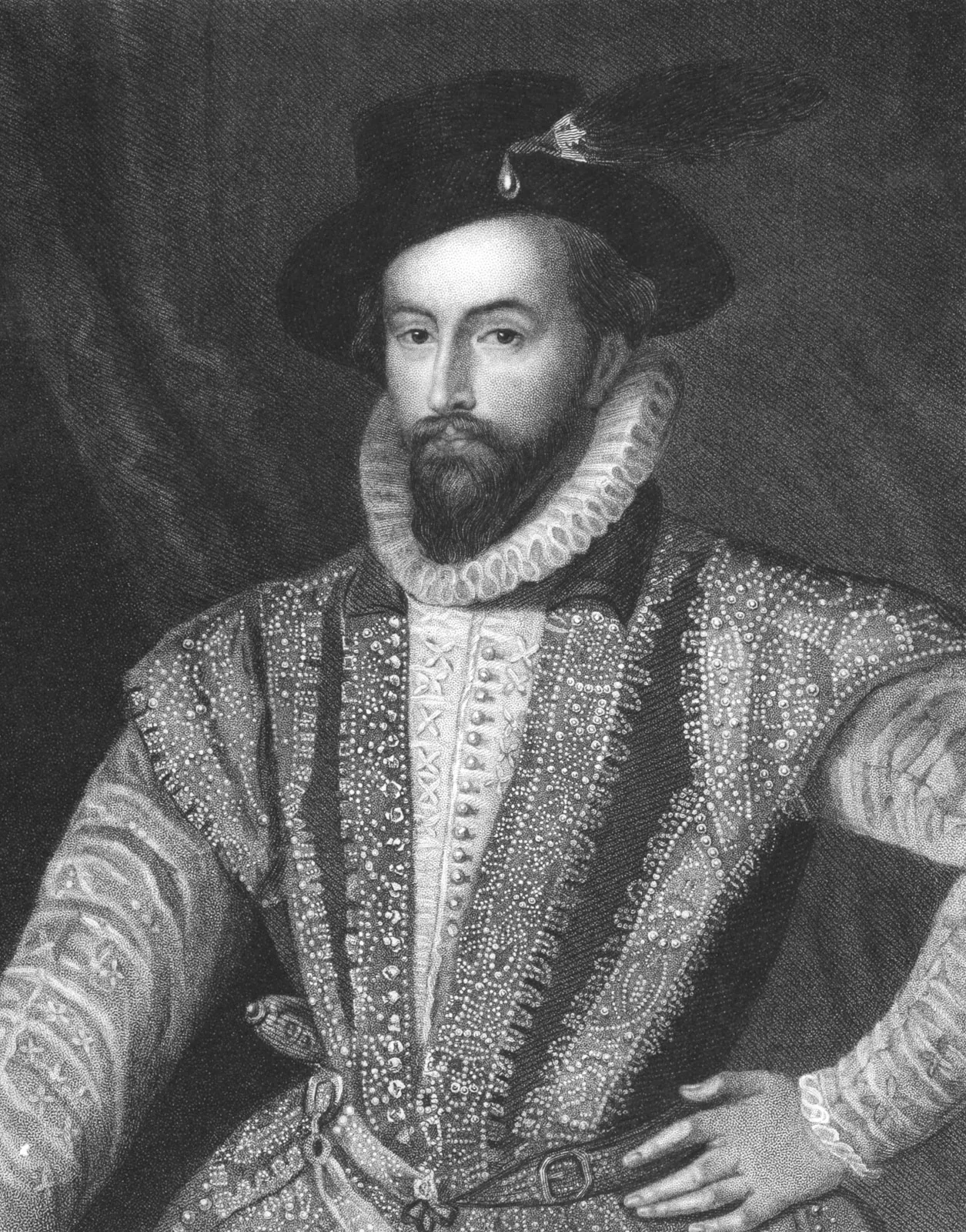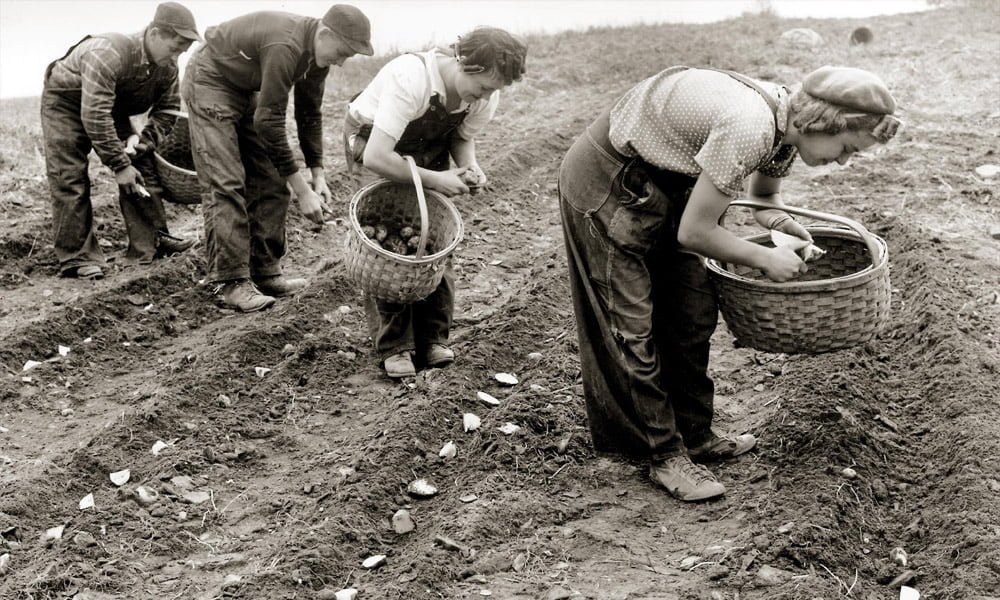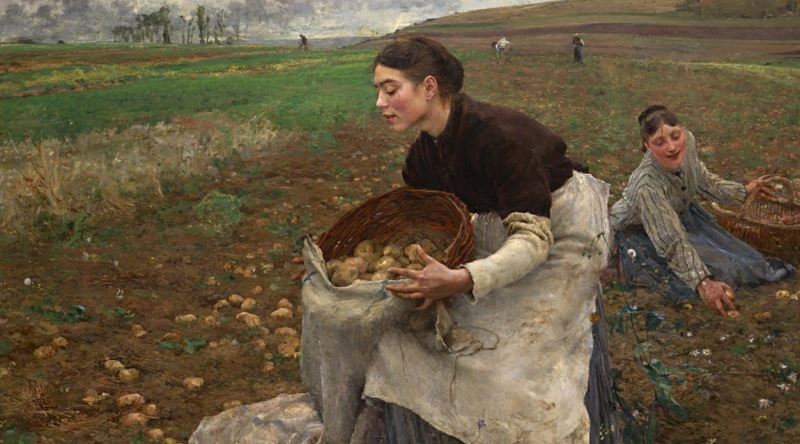

The Spaniards brought it to their country from the lands of Peru.
Following in the footsteps of Christopher Columbus, the Spaniards brought not only Inca treasures but also potatoes from the lands of Peru to their country.
Commander Pizarro presented potatoes to the King of Spain in the year 1535, but the king did not quite like this tuber.


Sir Walter Raleigh rediscovered potatoes in Virginia.
However, this time the English took a liking to potatoes. Over time, potato cultivation started in Italy, Germany, Russia, and France. Unlike the English, these countries treated this product as animal feed. Only poor farmers made meals from potatoes for themselves.


Potatoes began to spread in England and other European countries.
Especially in Ireland, potatoes quickly became popular and became a significant food source. Ireland increased agriculture based on potatoes and it became a staple for the population. However, a major disaster occurred due to the potato diseases known as the Irish Potato Famine (1845-1852). Millions of people died or had to emigrate.
In cold-climate Germany, potatoes saved the population from hunger. Kaiser II. Wilhelm made potato cultivation mandatory for the peasants.


Antoine-Augustin introduced Potatoes to the kitchen.
It was the Frenchman Parmentier who introduced potatoes to the kitchen. Parmentier, also a military officer, conducted serious research on the military benefits of potatoes. During that period, due to the famine threat emerging in Europe, potatoes became a 'blessing' and scientific brochures were published about them. Eventually, the King of France allocated fields near Paris to Parmentier and systematic cultivation began.


It entered Turkey through the influence of the Young Turks.
In the late 19th century, the Young Turks came to Turkey as admirers of Europe and potatoes spread as an exotic food in Istanbul. By the end of the 1800s, imports had reached five thousand tons annually. As a form of "import substitution," potatoes began to be cultivated in Istanbul's Black Sea coasts and the Sakarya River valley in Akova.
In 1895, German expert Dr. Hermann established an experimental station near Adapazarı, where he developed the potato varieties that are now grown. Despite entering Turkish cuisine relatively late, potatoes became well-loved and widespread.
Today, potatoes have become an indispensable part of our cuisines, especially for our children, and have found a place in the kitchens of every country. Due to its single origin, its names in different countries have derived from one another. In French, it's called "patate," in Italian "patate," in English "potatoes," and in Spanish "patatas." Germans use "kartoffel," Russians use "kartofel" or "kartoşka." Probably because it grows underground and resembles an apple, the French call it "pomme de terre" meaning "earth apple," while Germans refer to it as "Erdapfel." Therefore, the name for fried potatoes, "pommes frites," comes from "fried apples." In Turkey, it's called "patates" throughout the country, while in the northeastern regions where people got to know potatoes from the Russians, it's called "kartol."

